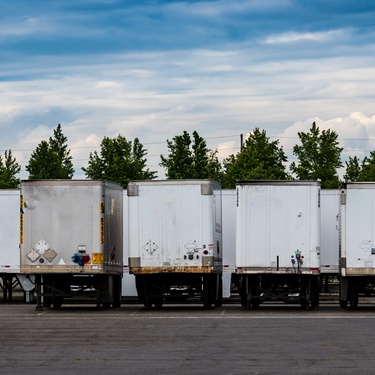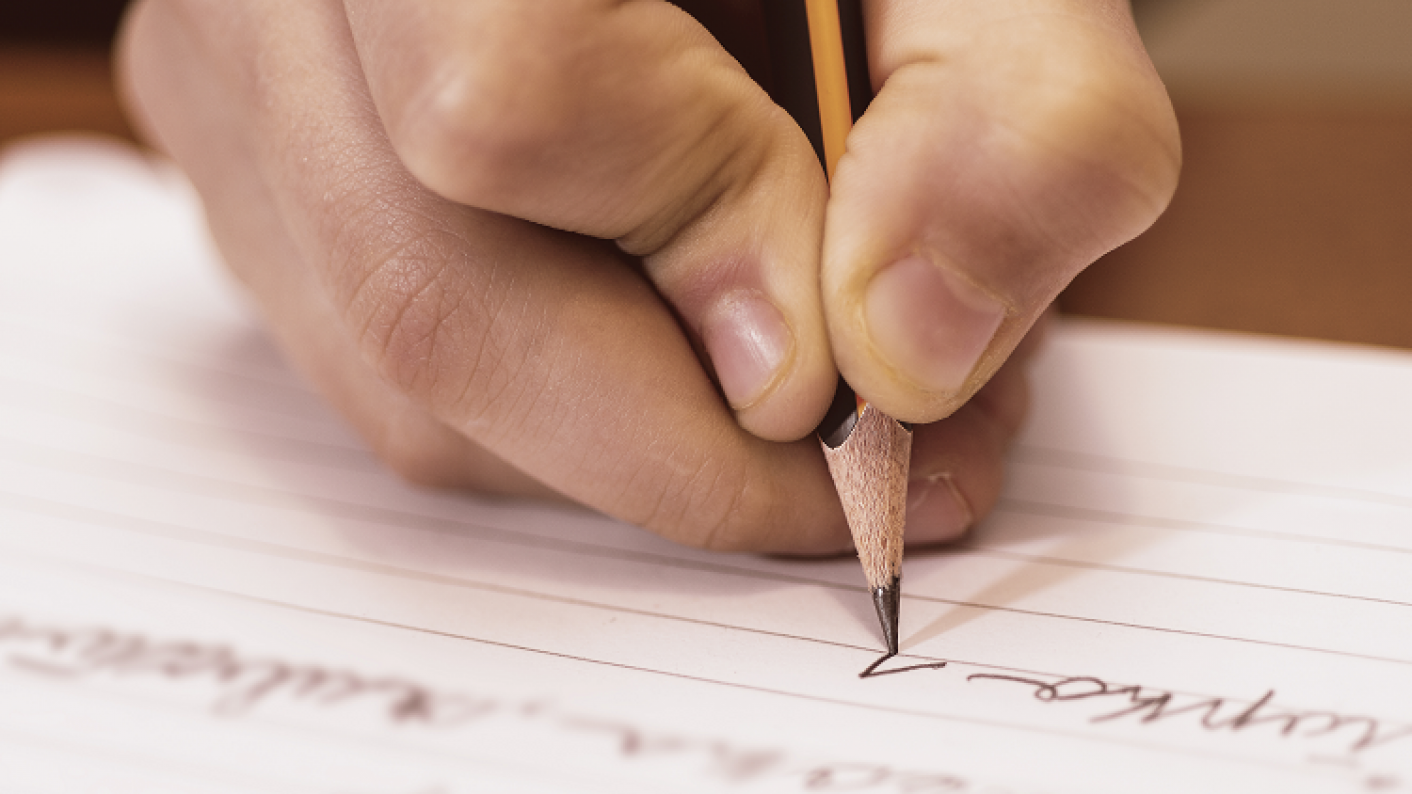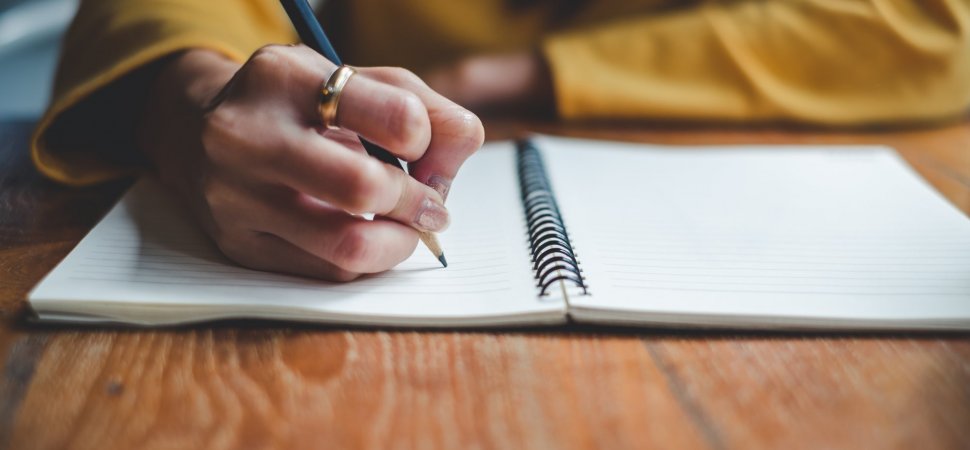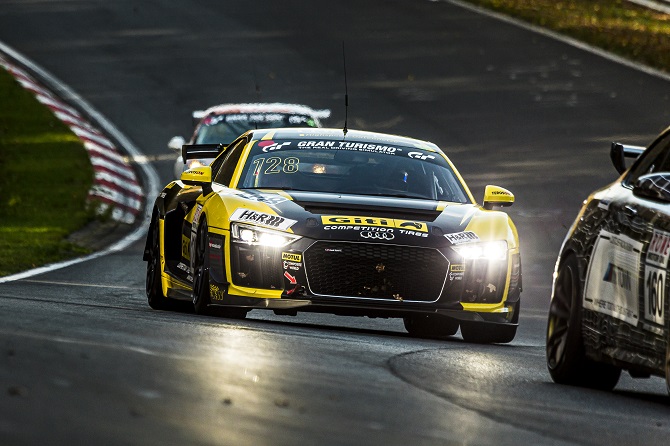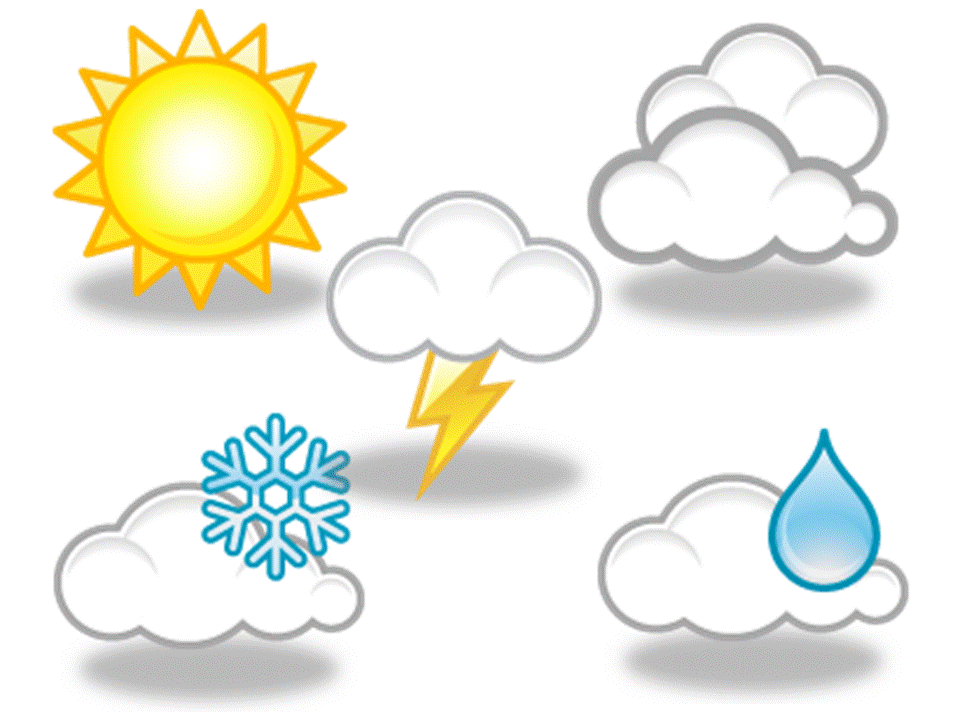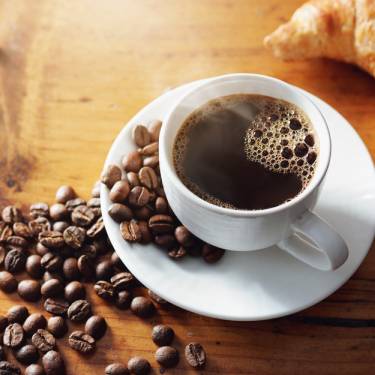
Coffee is more than just a morning ritual or a pick-me-up; it’s a craft, a science, and for many, a love affair. One of the core elements that makes coffee so diverse and enjoyable is its roast profile. Each one as unique as the next, coffee roast profiles are as interesting as they are delicious.
The Science Behind Roasting
Roasting is where the magic happens. When green coffee beans roast, they undergo a series of chemical changes driven by heat and time. Temperatures range from 350 degrees Fahrenheit to over 450 degrees Fahrenheit, with slight variations creating significant flavor differences.
For instance, high temperatures highlight caramelization, adding sweetness, while extended roasting at lower levels enhances chocolatey notes. Time also plays a role—shorter durations preserve fruity acidity, while longer ones result in a bold, full-bodied experience.
Types of Coffee Roast Profiles
Coffee lovers often talk about light, medium, and dark roast profiles. But what exactly makes each unique? Light roasts have a bright, tangy flavor and retain the bean’s original characteristics. These are ideal for those who enjoy floral or fruity notes in their coffee. They also have slightly higher caffeine levels since roasting doesn’t break down as much of the bean’s structure.
Medium roasts strike a perfect balance and showcase more developed flavors while retaining some acidity. If you’re exploring brewing techniques to enjoy medium-roast coffee, try a pour-over or drip method to extract its nuanced flavors fully.
Dark roasts, on the other hand, come with bold, bittersweet flavors and significantly reduced acidity. Many people associate these with smoky or chocolate tasting notes. They’re perfect for espresso or French press brews, where their robust flavors shine.
Factors that Shape Roast Profiles
No two coffee beans roast the same, even with similar techniques. Origin plays a huge role—beans from Ethiopia, known for their fruity notes, require a lighter roast to preserve their natural flavors. High-altitude beans offer more complexity, while climate nuances affect a bean’s density, which influences roast settings.
Specialty Coffee and Rare Roast Profiles
For adventurous coffee lovers, there’s a world beyond traditional roast profiles. Specialty coffee beans from regions like Panama or Jamaica highlight distinct microclimates and varietals. Limited editions, such as honey-processed or natural-processed beans, also contribute to rare and unique roast profiles.
How Roast Profiles Influence Brewing
Did you know that roast profiles determine the optimal brewing method? A light roast works wonders with Chemex or AeroPress because these methods highlight acidity and subtle flavors.
A medium roast is ideal for pour-over and drip brewing as it enhances every note without overpowering it. For dark roasts, espresso extraction or French press brewing amplifies their richness and depth.
Coffee roast profiles are interesting as each adds depth to the way you enjoy your daily cup, whether you’re savoring a light, fruity blend or indulging in a bold, dark brew. Each roast tells a story of labor, artistry, and science that transforms a simple bean into liquid gold. The world of coffee awaits—grab your cup and start your adventure today!
Bio: Casey is a passionate copyeditor highly motivated to provide compelling SEO content in the digital marketing space. Her expertise includes a vast range of industries from highly technical, consumer, and lifestyle-based, with an emphasis on attention to detail and readability.



